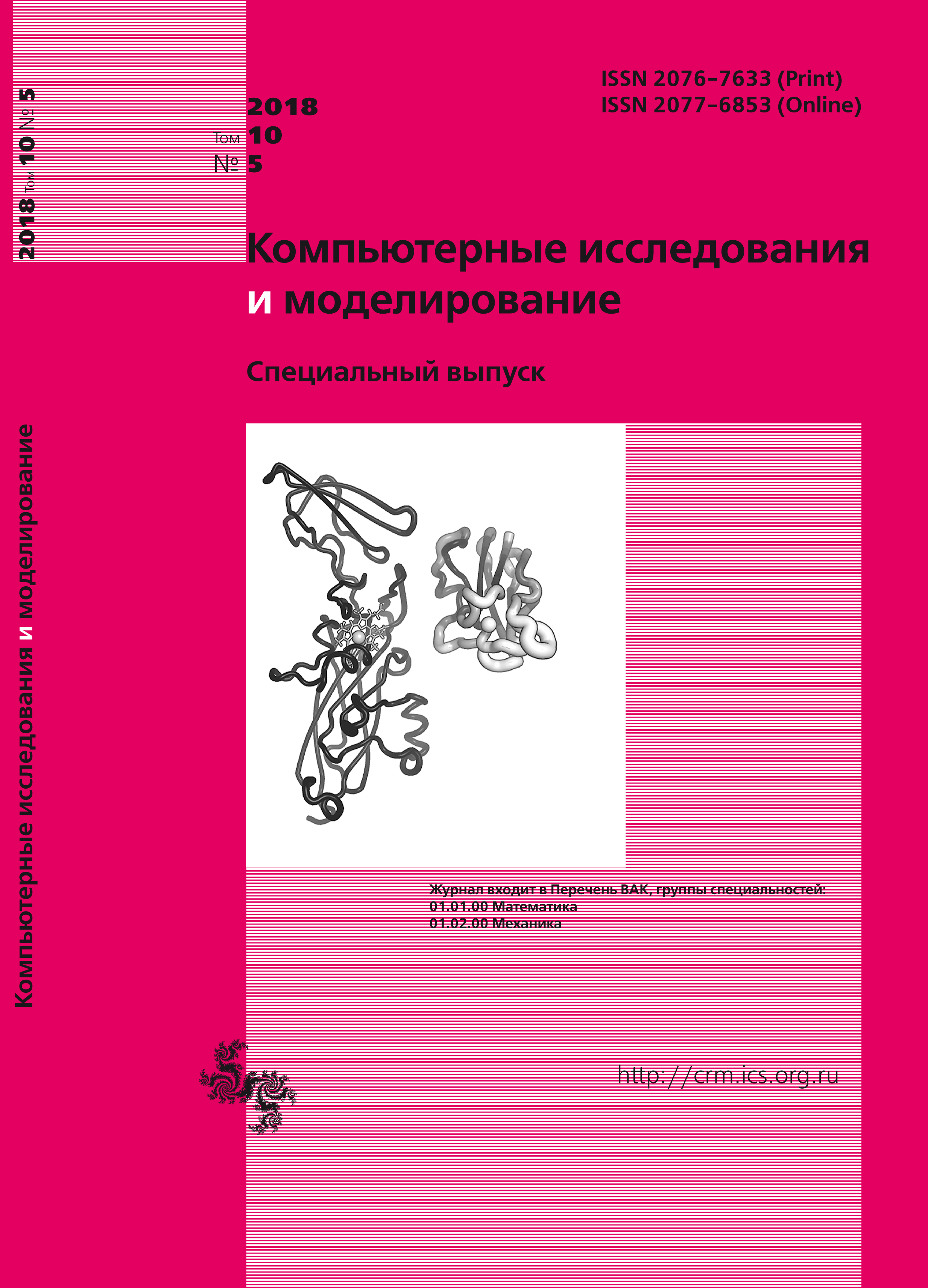All issues
- 2025 Vol. 17
- 2024 Vol. 16
- 2023 Vol. 15
- 2022 Vol. 14
- 2021 Vol. 13
- 2020 Vol. 12
- 2019 Vol. 11
- 2018 Vol. 10
- 2017 Vol. 9
- 2016 Vol. 8
- 2015 Vol. 7
- 2014 Vol. 6
- 2013 Vol. 5
- 2012 Vol. 4
- 2011 Vol. 3
- 2010 Vol. 2
- 2009 Vol. 1
Algorithms of through calculation for damage processes
The paper reviews the existing approaches to calculating the destruction of solids. The main attention is paid to algorithms using a unified approach to the calculation of deformation both for nondestructive and for the destroyed states of the material. The thermodynamic derivation of the unified rheological relationships taking into account the elastic, viscous and plastic properties of materials and describing the loss of the deformation resistance ability with the accumulation of microdamages is presented. It is shown that the mathematical model under consideration provides a continuous dependence of the solution on input parameters (parameters of the material medium, initial and boundary conditions, discretization parameters) with softening of the material.
Explicit and implicit non-matrix algorithms for calculating the evolution of deformation and fracture development are presented. Non-explicit schemes are implemented using iterations of the conjugate gradient method, with the calculation of each iteration exactly coinciding with the calculation of the time step for two-layer explicit schemes. So, the solution algorithms are very simple.
The results of solving typical problems of destruction of solid deformable bodies for slow (quasistatic) and fast (dynamic) deformation processes are presented. Based on the experience of calculations, recommendations are given for modeling the processes of destruction and ensuring the reliability of numerical solutions.
Copyright © 2018 Burago N.G., Nikitin I.S.
Views (last year): 24.Indexed in Scopus
Full-text version of the journal is also available on the web site of the scientific electronic library eLIBRARY.RU
The journal is included in the Russian Science Citation Index
The journal is included in the RSCI
International Interdisciplinary Conference "Mathematics. Computing. Education"







